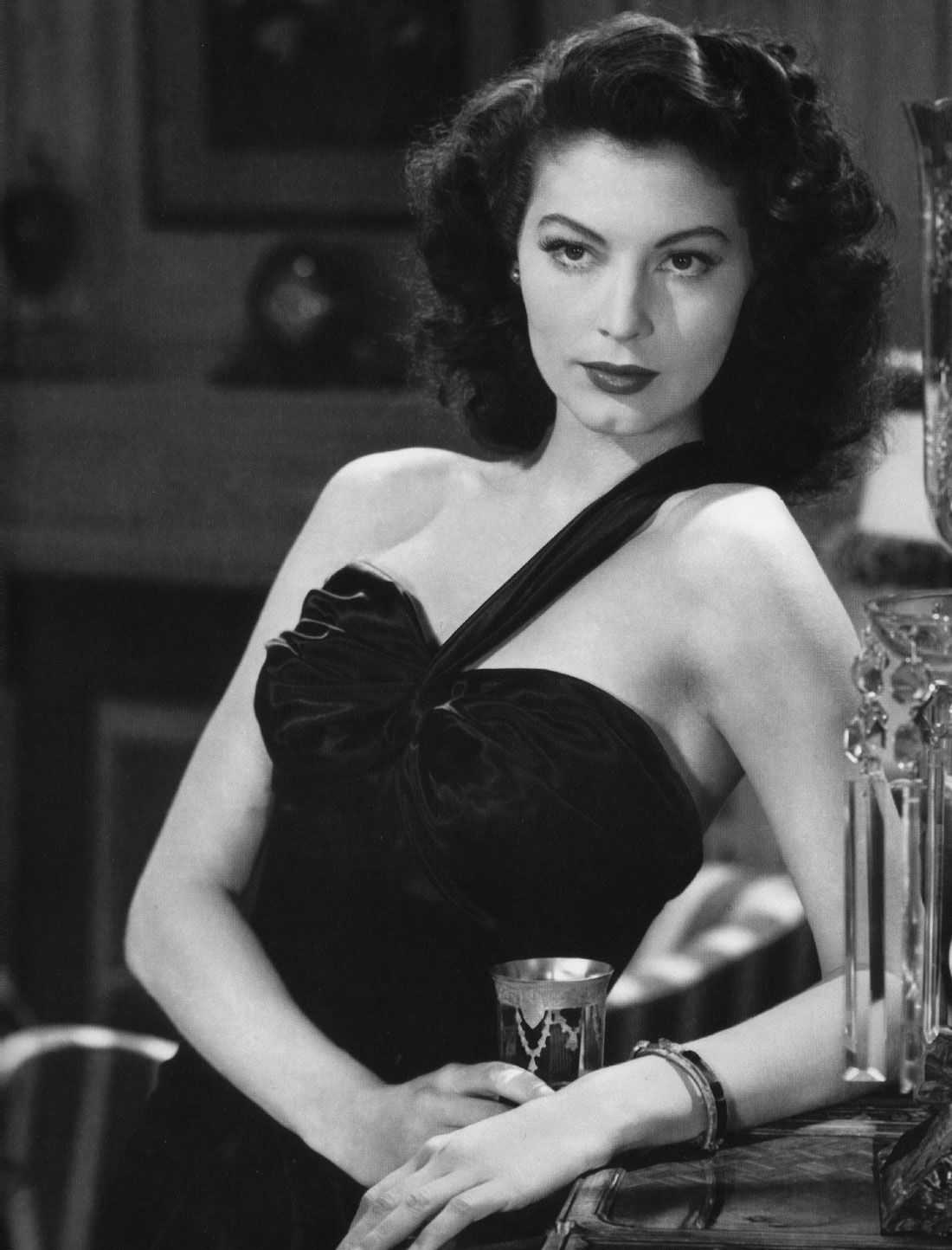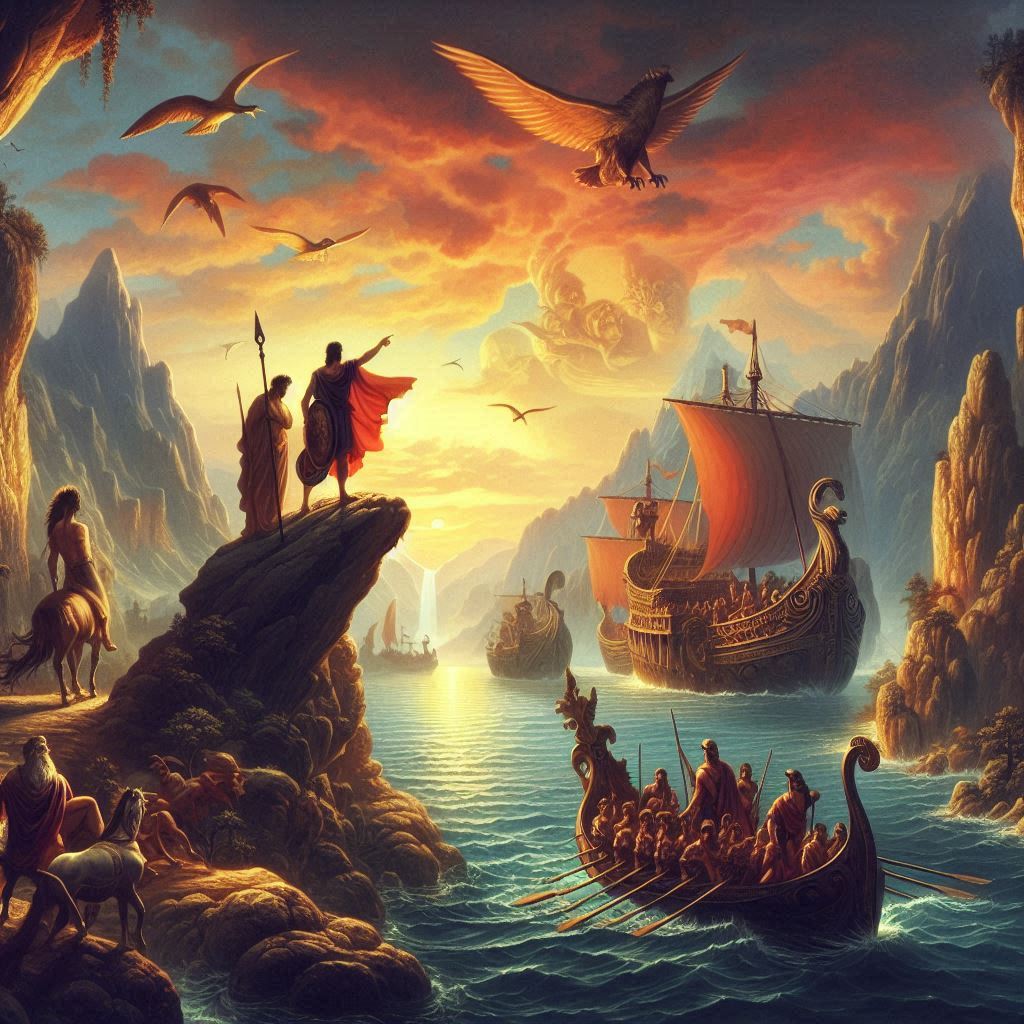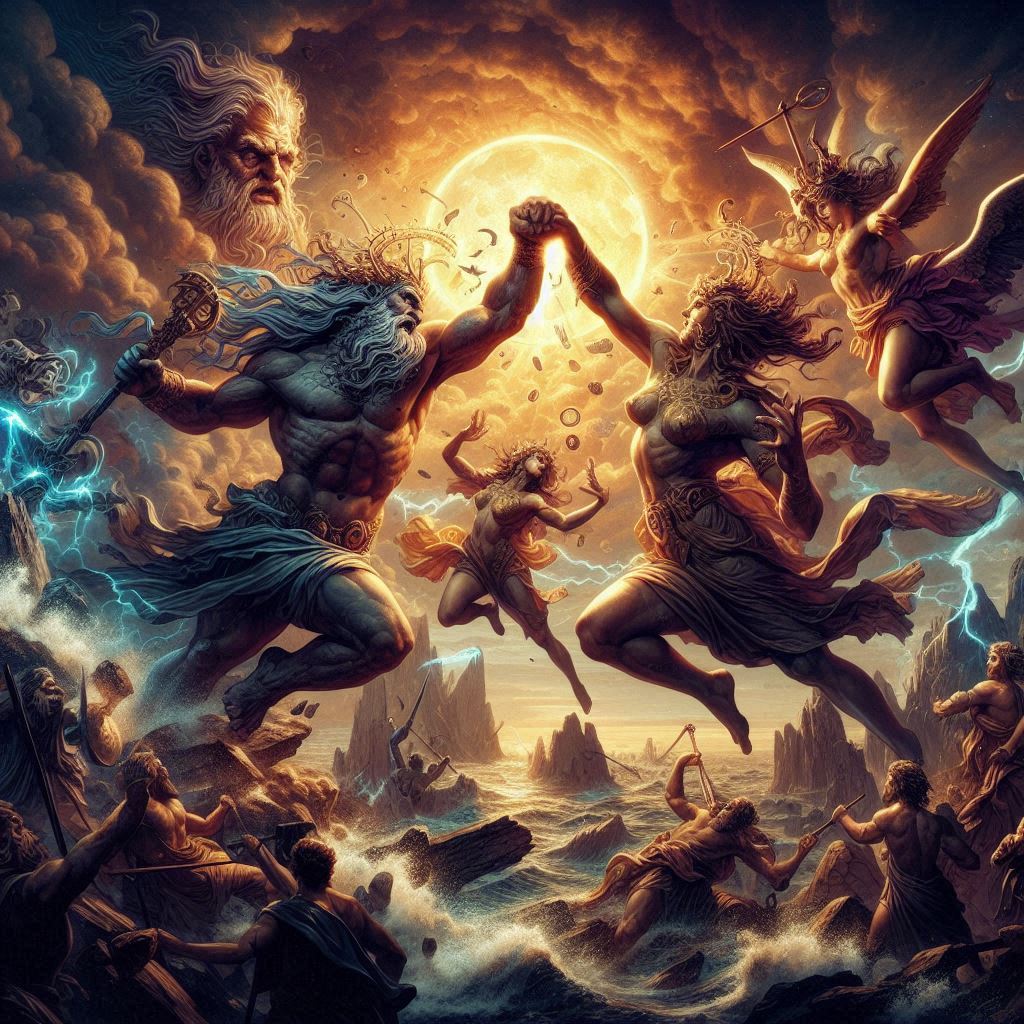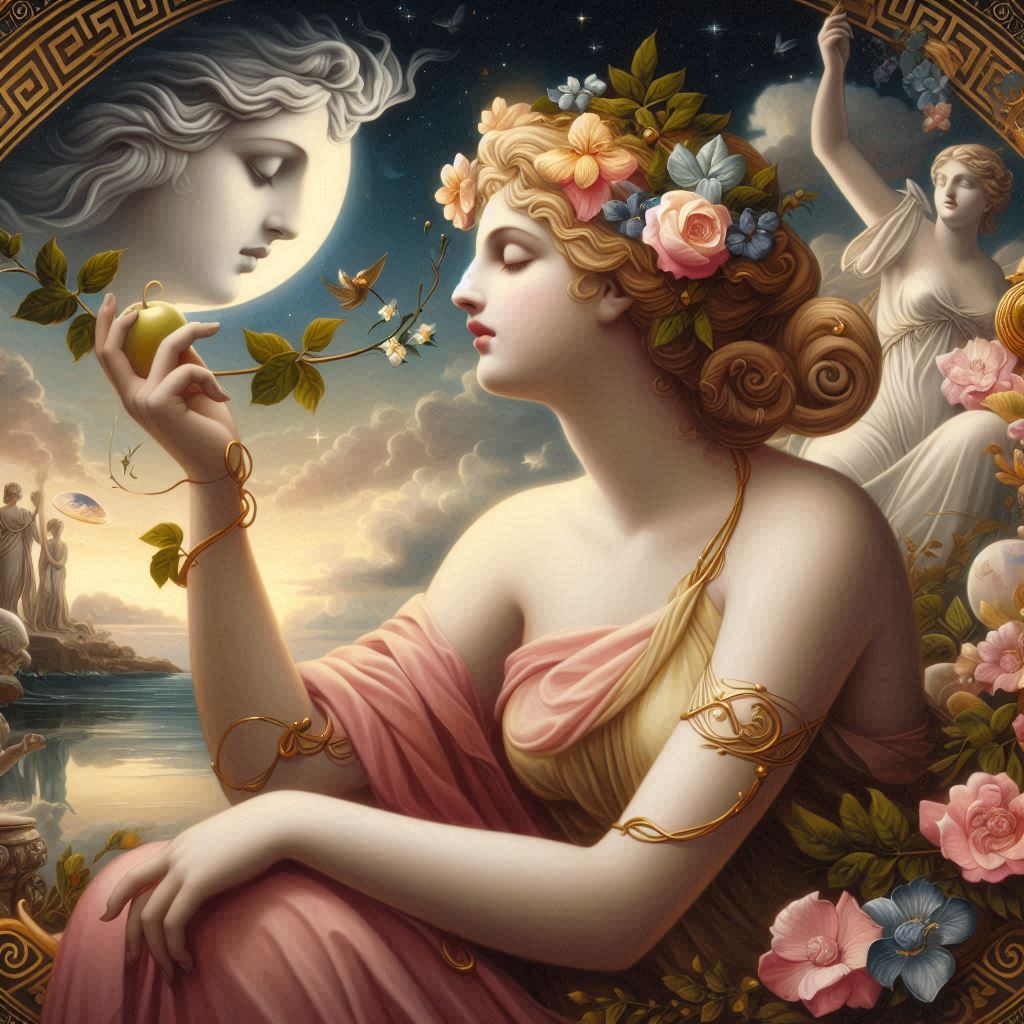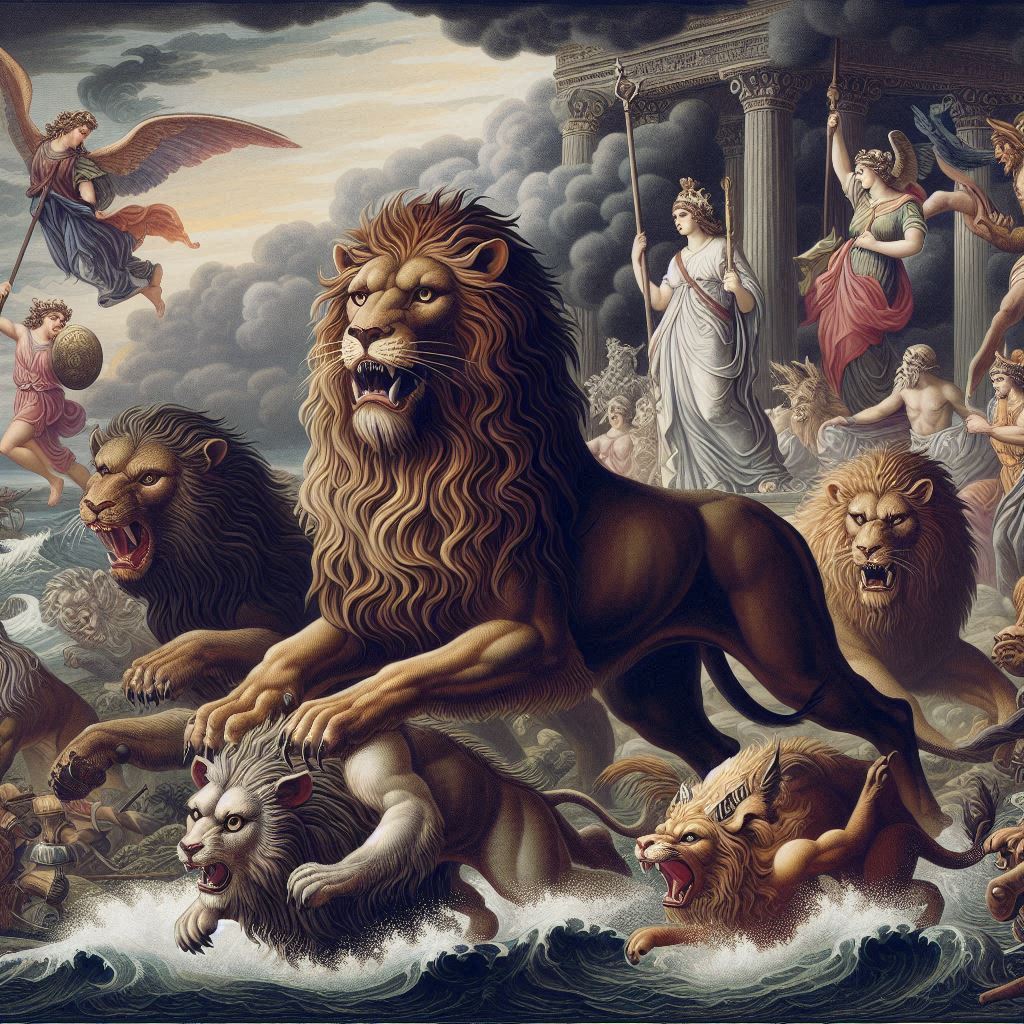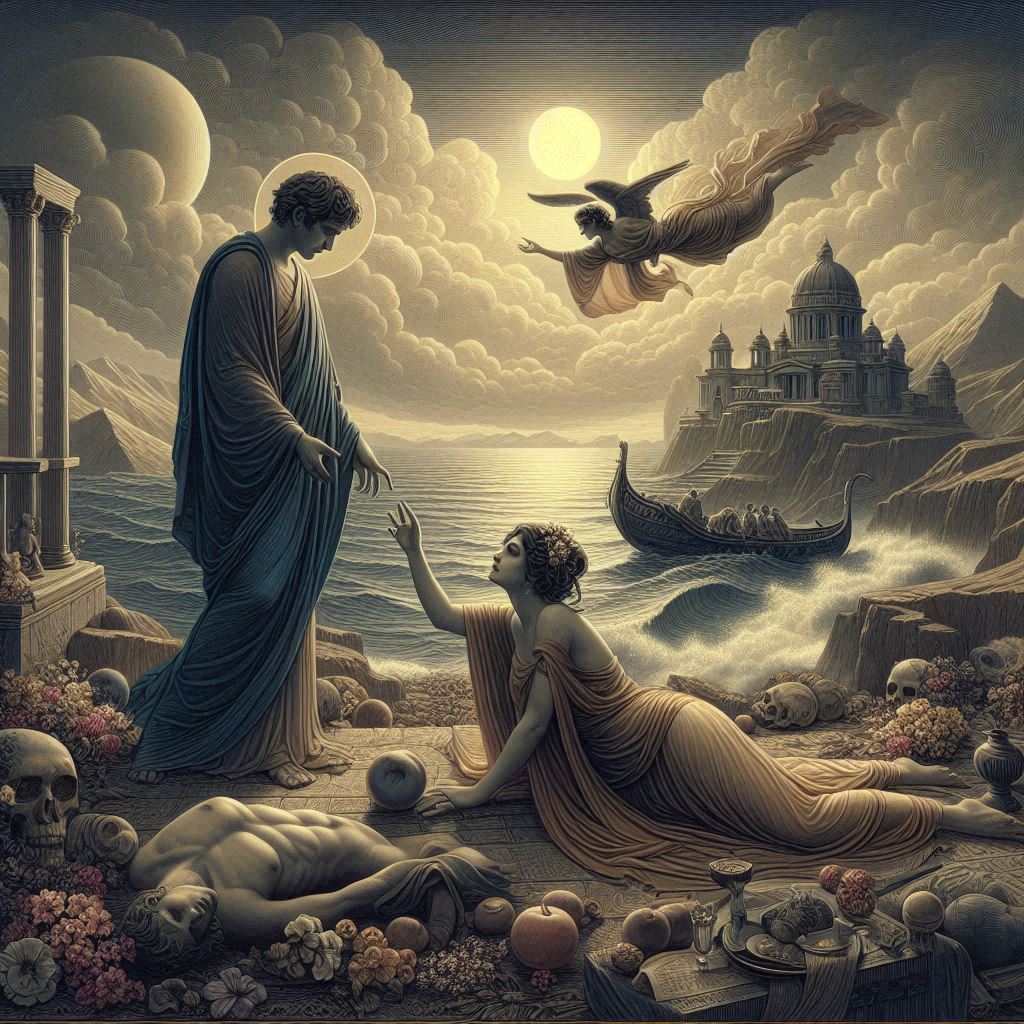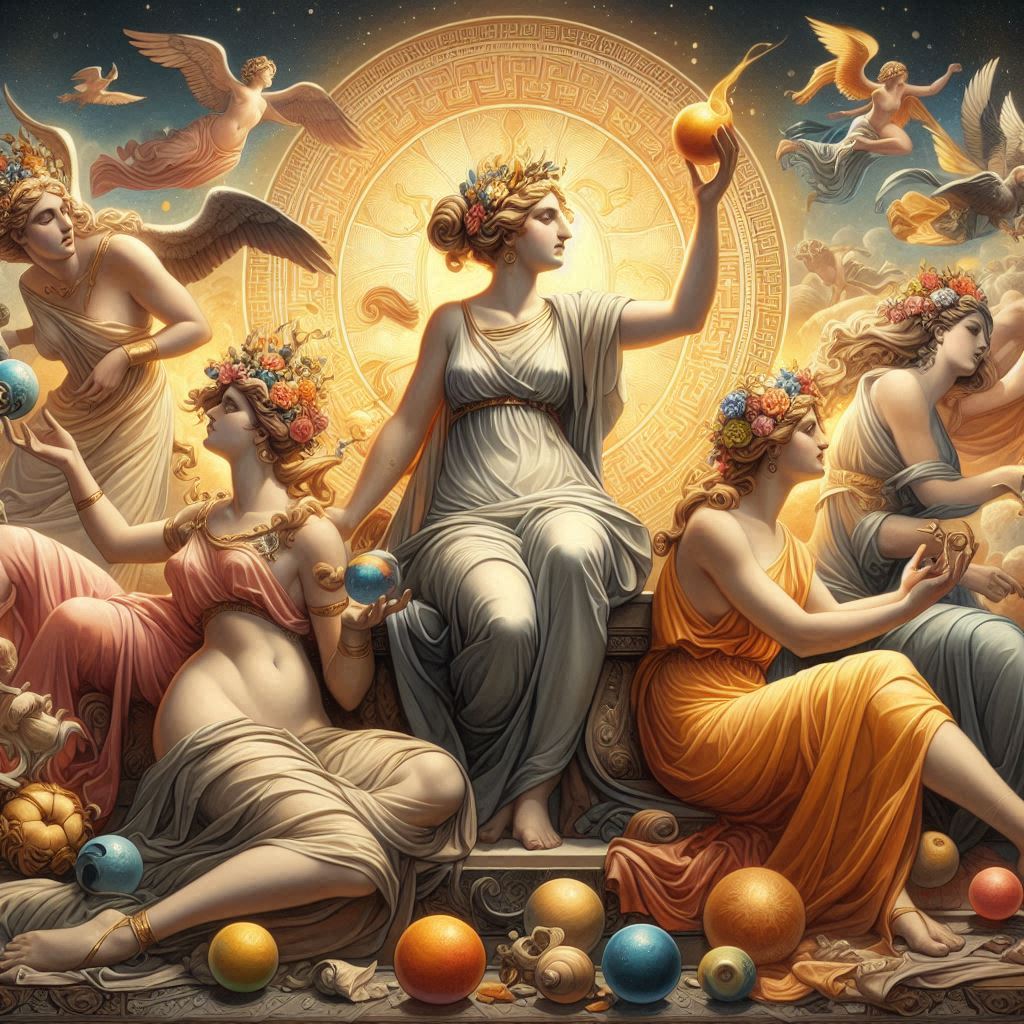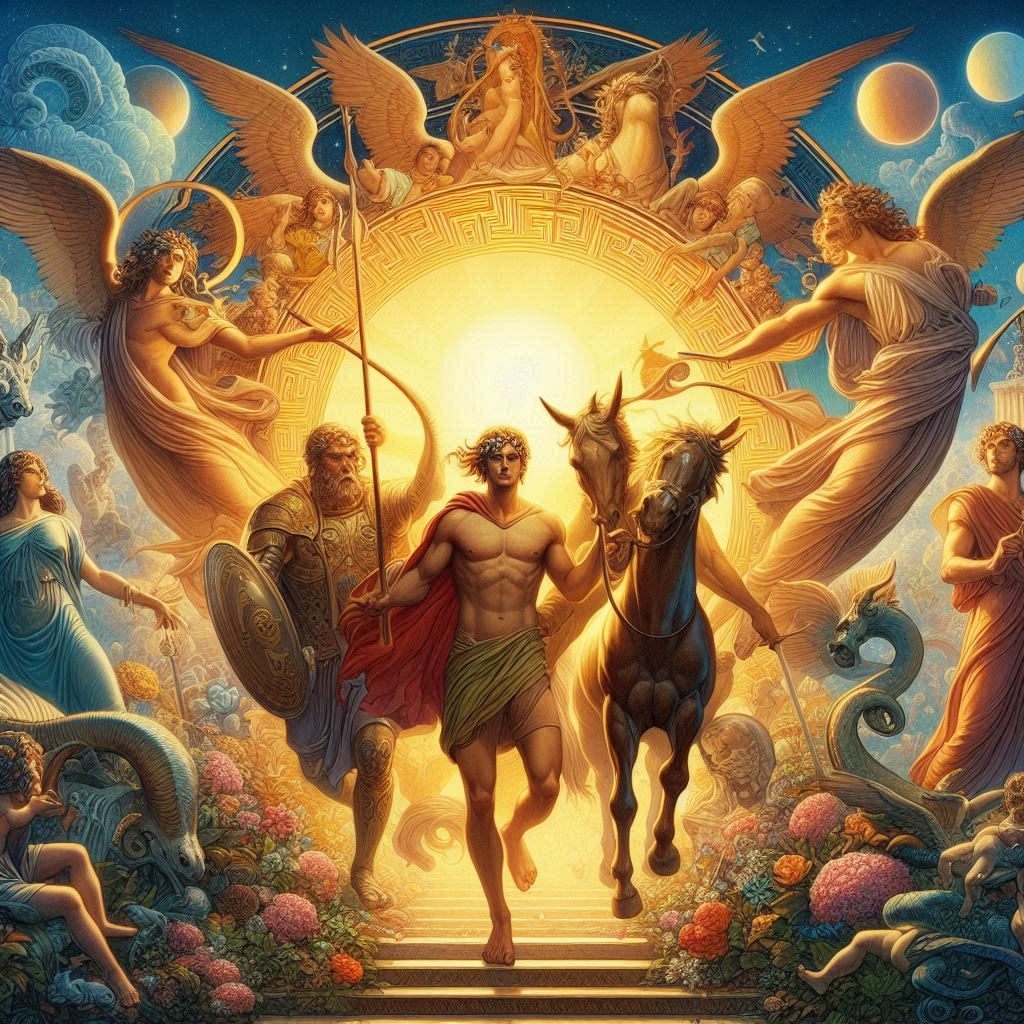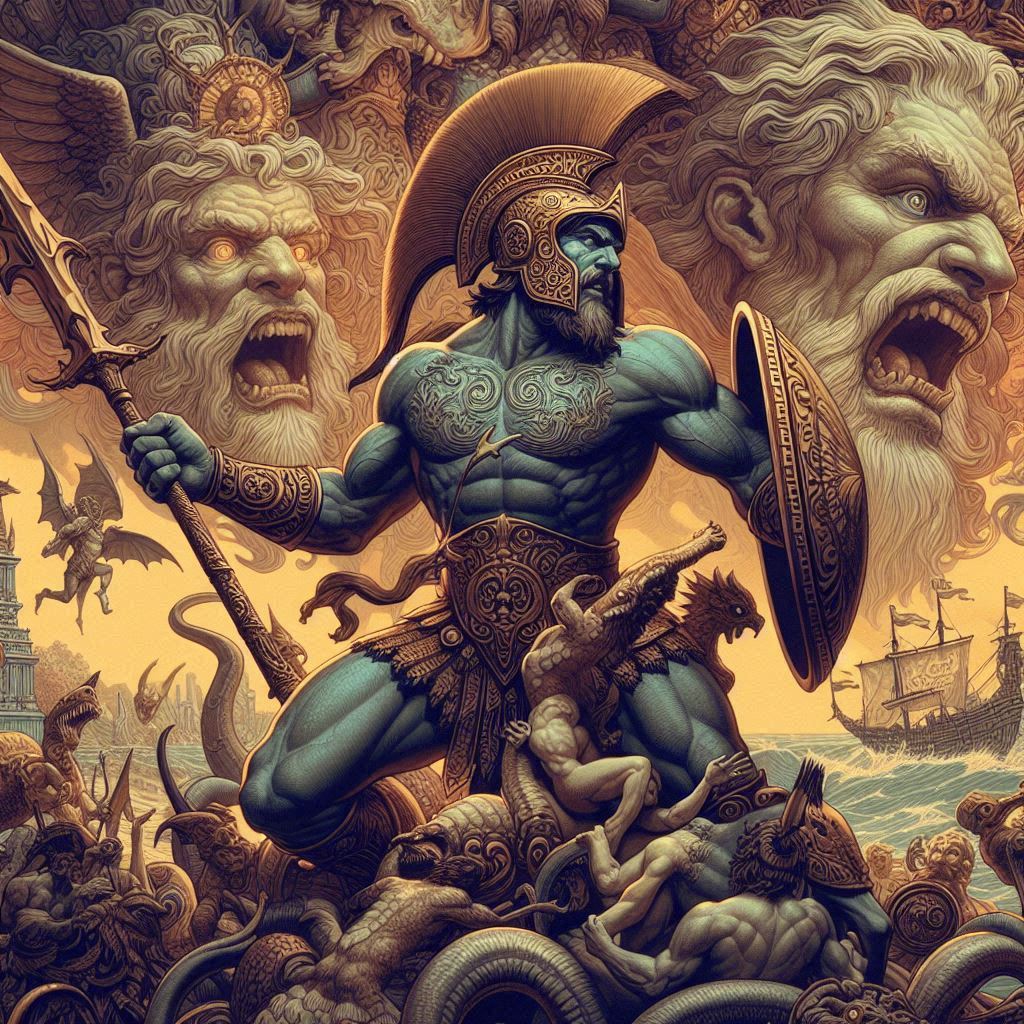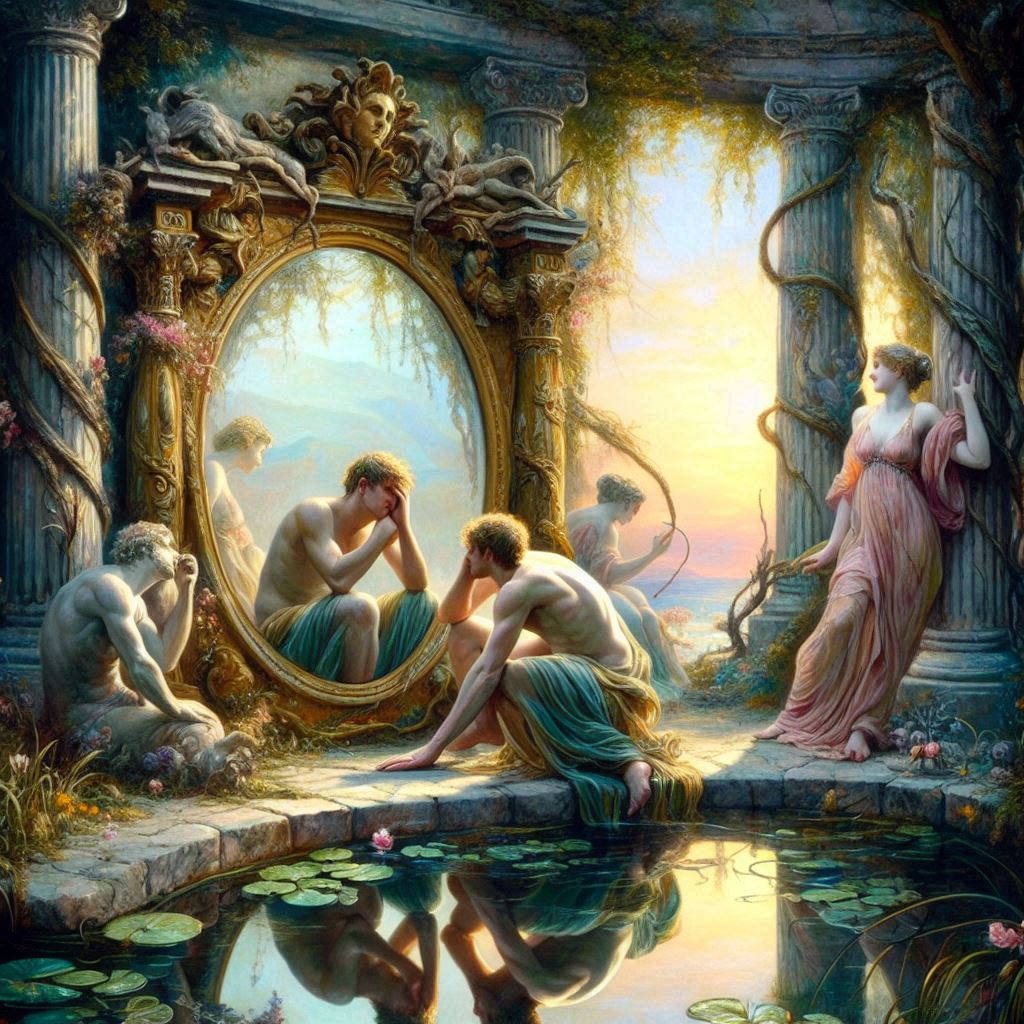Ava Gardner (1922-1990) was an American actress known for her sultry beauty and captivating performances in classic Hollywood films. Rising to fame in the 1940s, Gardner starred in notable movies such as “The Killers,” “Mogambo,” and “The Night of the Iguana.” With her magnetic presence and talent, she became an iconic figure of the silver screen. Gardner’s personal life, including marriages to notable figures like Frank Sinatra and tumultuous relationships, added to her allure and mystique.
Gardner’s childhood was marked by the challenges of the Great Depression. Raised on a tobacco farm, she was the youngest of seven children in a close-knit family. The Gardners faced financial hardships, and Ava’s early years were spent navigating the difficulties of rural life. However, her striking beauty and innate poise hinted at a destiny far beyond the tobacco fields.
In 1941, at the age of 18, Gardner’s life took an unexpected turn when she visited her sister in New York City. While there, she was discovered by a talent scout from Metro-Goldwyn-Mayer (MGM) who saw her photograph in the window of a photographer’s studio. This chance encounter marked the beginning of Gardner’s journey into the world of acting.
Gardner’s early years in Hollywood were a mix of excitement and challenges. Her initial roles were small, and she faced criticism for her Southern accent. However, her magnetic presence and undeniable allure did not go unnoticed. Gardner’s breakthrough came in 1946 when she starred in the film noir “The Killers,” based on a short story by Ernest Hemingway. Her performance as the alluring femme fatale Kitty Collins garnered attention and established her as a rising star.
As Gardner’s star began to ascend, she signed a contract with MGM, one of Hollywood’s major studios. This marked a significant step in her career, providing her with access to a platform that would showcase her talent to a broader audience. Throughout the late 1940s and early 1950s, Gardner’s career continued to gain momentum with roles in films such as “The Hucksters” (1947) and “One Touch of Venus” (1948).
In 1951, Gardner took on the iconic role of Julie LaVerne in the musical “Show Boat,” a character that showcased her versatility as an actress. Her performance earned critical acclaim and further solidified her standing in Hollywood. Around this time, Gardner’s personal life also became a subject of public interest as she navigated relationships with high-profile figures.
One of the most notable chapters in Gardner’s personal life was her marriage to actor Mickey Rooney in 1942. The union, marked by the impulsiveness of youth, ended in divorce a year later. Subsequent marriages to bandleader Artie Shaw and actor Frank Sinatra added layers to Gardner’s public image. Her tumultuous relationship with Sinatra, characterized by passion and turbulence, kept her in the spotlight.
Gardner’s screen presence was magnetic, drawing audiences into her performances. Her roles in films such as “Mogambo” (1953), for which she received an Academy Award nomination for Best Actress, and “The Barefoot Contessa” (1954) showcased her ability to embody complex characters with depth and nuance. Gardner’s performances were not just about her beauty; they were infused with an authenticity that resonated with audiences.
Despite her success, Gardner was known for her self-deprecating humor and humility. She once famously said, “Deep down, I’m pretty superficial,” capturing both the glamour associated with her image and her ability to remain grounded amid the trappings of fame. Gardner’s wit and candor endeared her to fans and contemporaries alike.
Her association with the Rat Pack, a group of entertainers led by Frank Sinatra, added another layer to Gardner’s public persona. The Rat Pack, known for their camaraderie and high-spirited antics, included luminaries like Sinatra, Dean Martin, and Sammy Davis Jr. Gardner’s presence in this circle of Hollywood elite further elevated her status as an icon of the era.
As Gardner navigated the highs and lows of fame, she continued to deliver memorable performances in films such as “Bhowani Junction” (1956) and “On the Beach” (1959). However, the changing landscape of Hollywood in the 1960s posed challenges for many established stars, including Gardner. The rise of a new generation of actors and evolving cinematic trends prompted her to explore opportunities outside the United States.
In the 1960s, Gardner ventured into international cinema with films like “The Night of the Iguana” (1964), directed by John Huston. Her portrayal of Maxine Faulk, a sultry innkeeper, earned her a nomination for the Academy Award for Best Actress in a Leading Role. The film marked a successful collaboration with Huston and showcased Gardner’s enduring appeal.
Throughout the 1970s and 1980s, Gardner’s on-screen appearances became less frequent. Her later films include “Earthquake” (1974) and “The Cassandra Crossing” (1976). Despite a reduced presence in mainstream Hollywood, Gardner’s allure remained undiminished, and she continued to be celebrated as a living legend.
In the latter part of her life, Gardner faced health challenges, including a stroke in 1986. Her indomitable spirit, however, endured. Gardner passed away on January 25, 1990, at the age of 67. Her legacy lives on in the timeless allure she brought to the silver screen and the indelible mark she left on the history of cinema.
Ava Gardner’s life was a tapestry of triumphs, challenges, and the enduring pursuit of authenticity in an industry often defined by illusion. Her impact extended beyond the characters she portrayed; Gardner was a symbol of beauty, resilience, and the complexities of the human experience. Her candidness, humor, and ability to captivate audiences made her a true Hollywood legend.
